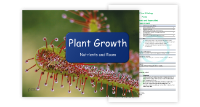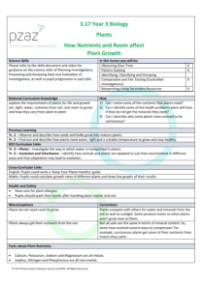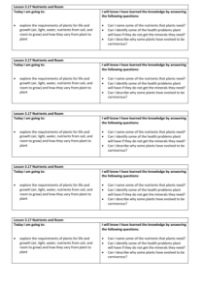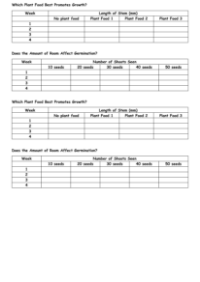Plant Growth (Nutrients and Room) - Presentation
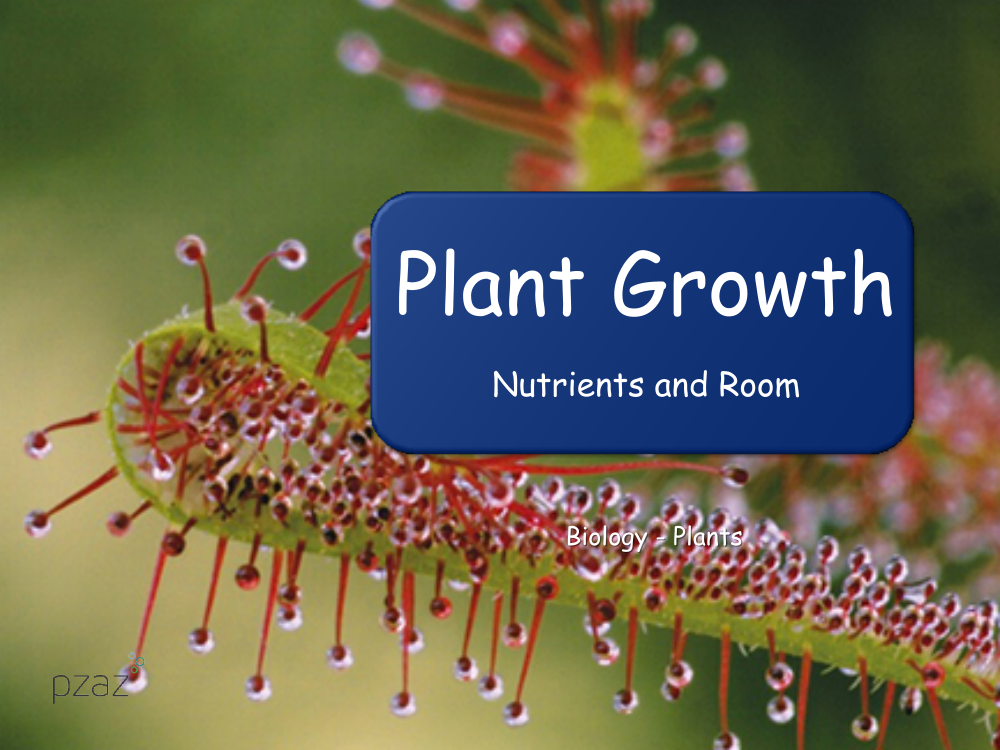
Science Resource Description
In an engaging presentation on plant growth, students delve into the fascinating world of botany, exploring the essential nutrients and conditions that plants require to thrive. The session begins with a curious dialogue between Libby and Anya, who are researching plant nutrients for a school project. They discover that plants need a variety of nutrients such as calcium, magnesium, nitrogen, phosphorous, potassium, and sulphur to grow and stay healthy. These nutrients are typically absorbed from the soil, but in environments where these minerals are scarce, some plants have adapted to obtain nutrients by capturing insects. This conversation sets the stage for the students to understand growth rates, the vital nutrients for plants, and the intriguing adaptations of carnivorous plants like the Venus fly trap, which evolved to trap insects as a nutrient source due to the mineral-poor soil in its natural habitat.
The presentation further explains that while plants produce their own food using sunlight, they still require nutrients and minerals from their surroundings, akin to ingredients for a recipe. These are found in the soil, and gardeners may add fertilisers to enhance plant growth. Students learn about growth rates, which measure how much a plant grows over a certain period, exemplified by the rapid growth of some bamboos compared to the slow growth of an oak tree. Subsequent investigations focus on the impact of plant food on growth rates and the effects of limited space on seed germination and plant competition for resources. The presentation encourages students to consider what happens when plants suffer from mineral deficiencies and how this affects their growth and health, prompting them to answer reflective questions about what they've learned regarding plant growth, nutrient needs, and the adaptations of carnivorous plants.

